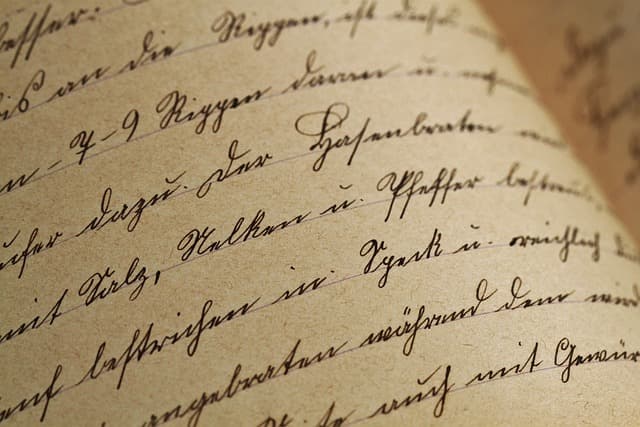What is life without books for a cultured person? This is a rhetorical question, the answer to which is obvious. We are so accustomed to being surrounded by a literal sea of printed matter that we no longer think about the fact that once upon a time a book was not only a source of wisdom and knowledge, but was also valued by weight of gold, because the process of its production was incredibly labor-intensive.
Up to a certain point, in Europe, all books (and, of course, scrolls) were handwritten. Basically, they were religious in nature and quite expensive. Books back then were something of a jewel that only the very wealthy could afford. But in 1440 Johannes Gutenberg invented the printing press, which made books much more widespread. The principle of the press was quite simple: lines of movable, backward-cut convex letters were typed and pressed on paper.
But Gutenberg’s invention was not the first book printing device in human history. As early as the early Middle Ages (some reports say 581, others between 936 and 993) in China a similar technique was used: convex letters were carved on wooden stakes, then liquid ink was applied, a sheet of paper was put on top and rubbed with a special soft brush. The first Chinese printed book is the Diamond Sutra, dated 868. The method of printing described above is called xylography. By the way, during the excavations of ancient cities, such as Babylon, researchers found bricks with inscriptions squeezed into them. A similar method of “printing” was known to the Assyrians and the ancient Romans. The surface on which the impression was made was mostly clay. Usually, these were household inscriptions. For example, when a potter made an order, he would put an imprint with the customer’s name on the ware.
But back to Europe. After Gutenberg invented the first printing press, his invention, of course, could not be kept secret for long. In the second half of the fifteenth century, printers began to appear all over Germany: in 1460 in Strasburg, in 1461 in Bamberg. From 1466 to 1471 print shops opened in Basel, Augsburg, Nuremberg, Leipzig and Frankfurt am Main. Later, by the end of the fifteenth century, the art of printing spread throughout Europe. It was in France that book printing was the latest to appear. Scientists do not have an exact answer. It is only known that in 1470 two respected professors at the Sorbonne, Johann Geilin and Wilhelm Fische, invited three printers from Germany.
The real heyday of printing came in the eighteenth century. This was aided by the development of literature and science.
In the nineteenth century, thanks to advances in technology, special machines were built for molding letters as well as machines that allowed simultaneous printing on both sides of the sheet. In 1810. Koenig invented a steam press, and later came rotary machines that could print 12,000 sheets at a time.
Today, in the age of extraordinary progress and the development of all kinds of technology, a book is still the best gift, and this is an undeniable fact. Many people collect their own, home libraries, which are a matter of pride. Collectors select rare and unique editions for their libraries, and often visit second-hand bookstores. Sometimes such collections are of great value.
Books in expensive, unusual bindings are very popular. These bindings can be made of leather, decorated with precious stones or gold thread. The rarest example is a book bound by hand. An edition with a beautiful, original binding is a wonderful gift for any occasion and a wonderful item for home collection that not only supplements it but also decorates it.


